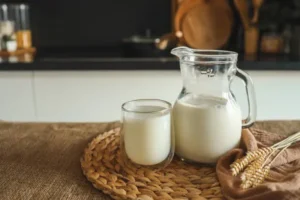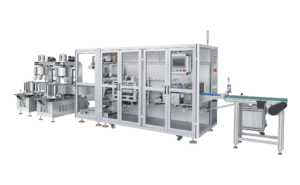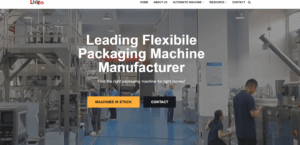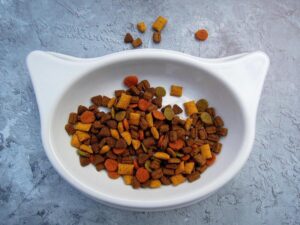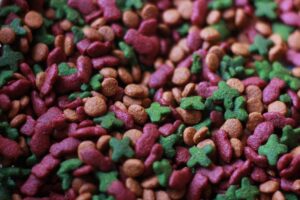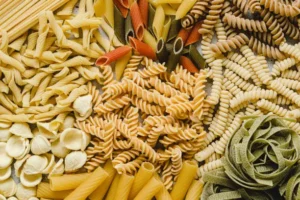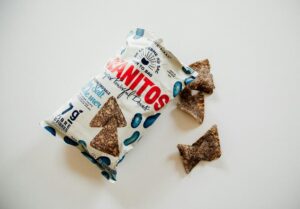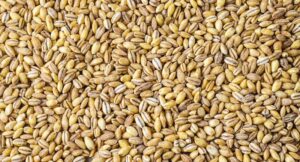In the fast-paced world of food production, one of the biggest challenges for businesses is selecting the right food filling machine. With so many options available, it can be overwhelming to find a solution that aligns with specific product characteristics, production scale, and compliance requirements. Whether you are a small-scale producer or a large enterprise, the wrong choice can lead to inefficiencies, increased costs, and potential compliance risks.
Imagine spending valuable resources on a filling machine that can’t handle your product’s viscosity or particulate content, or one that’s prone to constant maintenance issues. These problems can lead to increased downtime, wasted materials, and frustrated customers. The ripple effect of poor machine selection doesn’t stop at the production line—it can affect your bottom line and damage your reputation in an industry where precision and consistency are everything.
But don’t worry—this article is here to guide you through the maze of food filling machine options. We’ll walk you through key considerations like automation levels, filling principles, and compliance standards, so you can make an informed, cost-effective decision. By the end, you’ll have a clear understanding of which machine fits your business’s unique needs, helping you optimize your production process, meet safety standards, and reduce long-term costs.
Core Classifications and Technological Spectrum of Food Filling Machines
Classification by Automation Level
- Manual and Semi-Automatic Fillers: These are ideal for small-scale or batch production. They are cost-effective but require more manual intervention.
- Fully Automatic Fillers: Designed for large-scale operations, these systems offer efficiency, consistency, and reduced manual labor.
- Monobloc Systems: These systems integrate multiple processes, such as filling, capping, and labeling, into a single, highly automated unit, making them suitable for high-volume production.
Classification by Filling Principle
- Gravity Fillers: Best suited for low-viscosity liquids, such as water and juices.
- Piston Fillers: Ideal for high-viscosity liquids like sauces, creams, and gels.
- Overflow Fillers: These are used for products requiring a precise fill level, especially for foam-prone liquids.
- Auger Fillers: Designed for powder or granular products, providing high-precision and consistent filling.
How To Choose Food Filling Machine
1 Product Characteristics Analysis
When selecting a filling machine, the product’s viscosity, flowability, and particle content are the primary factors. High-viscosity liquids, such as sauces, are best filled using piston or rotary fillers. Products with particulates, such as soups with chunks, may require overflow or two-phase filling machines to handle both the liquid and solid ingredients effectively.
2 Production Scale and Automation Requirements
- Small to Medium Enterprises (SMEs): Semi-automatic or inline fillers are ideal, offering the flexibility needed for varied production runs at a more affordable cost.
- Large Enterprises: High-capacity, fully automated machines, such as rotary or monobloc systems, are necessary for fast-paced, large-scale operations.
3 Container Type, Material, and Flexibility
The ability to handle a variety of container types (glass jars, plastic bottles, cans, etc.) and adjust for different sizes is crucial for scaling operations. Machines that can accommodate various formats provide flexibility for future changes in product offerings.
Performance Parameters and Key Technological Deep-Dive
Filling Speed and Accuracy
Filling speed is critical for large operations, but equally important is precision. High-speed filling machines must maintain accuracy to ensure that each container is filled with the correct volume, preserving both product quality and compliance.
Automation Control Systems
Automation through PLC (Programmable Logic Controllers) and HMI (Human-Machine Interface) enables precise control over the entire filling process, minimizing human intervention. Servo motors and sensors ensure accurate movement and measurements.
Integrated Technologies
Advanced features such as vision systems for quality control and remote diagnostics for predictive maintenance are becoming standard in modern filling machines. These technologies help reduce downtime and optimize machine performance.
Compliance and Hygiene Standards in the Food Industry
Global Standards (FDA, GMP, HACCP)
Filling machines must adhere to stringent global standards such as FDA regulations, GMP guidelines, and HACCP protocols to ensure food safety and product quality. This is essential for manufacturers looking to export products internationally.
Equipment Design and Material Requirements
Food-grade stainless steel and other materials that are easy to clean are critical for maintaining hygiene and preventing contamination. Machines must be designed for easy disassembly for thorough cleaning and sanitization.
Sanitation Practices in Operation and Maintenance
Routine cleaning and regular maintenance schedules are necessary to prevent microbial contamination and maintain optimal machine performance. This is vital for ensuring a long lifespan and maintaining compliance with safety regulations.
Common Issues and Troubleshooting
Inconsistent Filling and Overflow
Inconsistent filling or overflow is a common issue that can be caused by improper calibration, nozzle blockages, or equipment malfunctions. Regular calibration and routine maintenance of filling machines are essential to minimize these problems. Ensuring that nozzles are clear and the machine is calibrated to handle different viscosity levels can significantly reduce overflow issues.
Machine Downtime and Fault Diagnosis
Machine downtime due to technical malfunctions can lead to significant production delays. It’s crucial to have diagnostic tools and support systems in place to quickly identify the root causes of issues. Advanced filling systems now come equipped with remote diagnostic capabilities, which can provide instant analysis and troubleshooting without requiring on-site visits. Preventative maintenance, such as regular checks and replacements of worn-out components, can also help in reducing unexpected downtimes.
Preventive Maintenance and Calibration
Regular maintenance and recalibration of filling systems are essential for ensuring long-term reliability and maintaining precision in filling. Preventive maintenance programs should include routine checks on the system’s key components, including sensors, motors, and the filling valves. Properly calibrated equipment not only ensures accuracy but also prevents costly repairs in the future.
Conclusion and Procurement Recommendations
Selecting the right filling machine involves a systematic decision-making process. Here’s a simple decision flowchart for companies:
- Step 1: Assess product characteristics (viscosity, particulates, and container size).
- Step 2: Determine production scale (small, medium, or large).
- Step 3: Identify automation needs (manual, semi-automatic, fully automatic, or monobloc systems).
- Step 4: Ensure compliance with regulatory standards (FDA, GMP, HACCP).
- Step 5: Select the machine that best balances production efficiency, accuracy, and cost-effectiveness.
- Step 6: Evaluate after-sales service, maintenance programs, and long-term support.
Future Trends in Technology
The future of food filling machines will be shaped by advancements in automation and AI integration. These technologies will optimize production efficiency, reduce human error, and increase system flexibility. Predictive maintenance powered by AI will further reduce downtime, while innovations such as smart sensors and vision systems will improve product quality control. The trend toward sustainable packaging is also gaining momentum, and manufacturers are exploring eco-friendly materials and energy-efficient machines to reduce their environmental impact.
Final Thoughts
The food filling machine industry is evolving rapidly, with increasing demand for flexibility, automation, and compliance with stringent hygiene and safety standards. Companies looking to optimize their production lines must carefully assess their needs in terms of product type, production scale, and regulatory requirements. By choosing the right filling system, manufacturers can enhance operational efficiency, reduce costs, and ensure the highest levels of product quality.
As automation technologies and AI integration continue to shape the future of food filling machines, manufacturers will benefit from innovations that streamline operations and improve long-term sustainability. Investing in the right filling machine is a critical decision that can influence a company’s competitiveness in an increasingly dynamic market.

